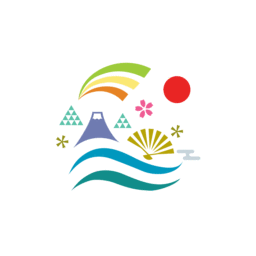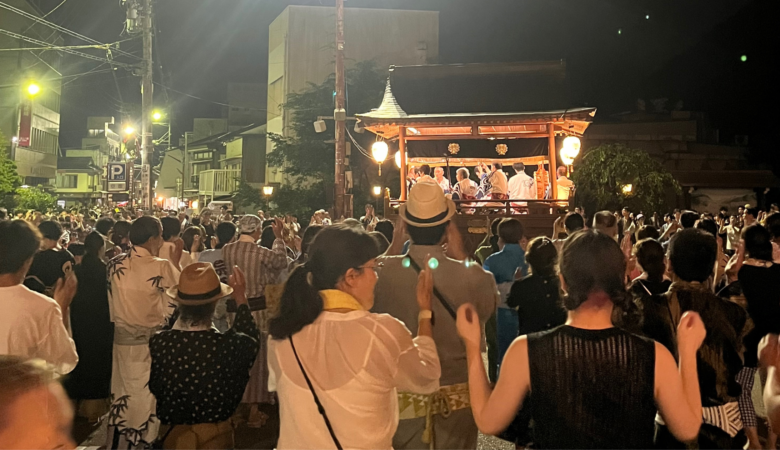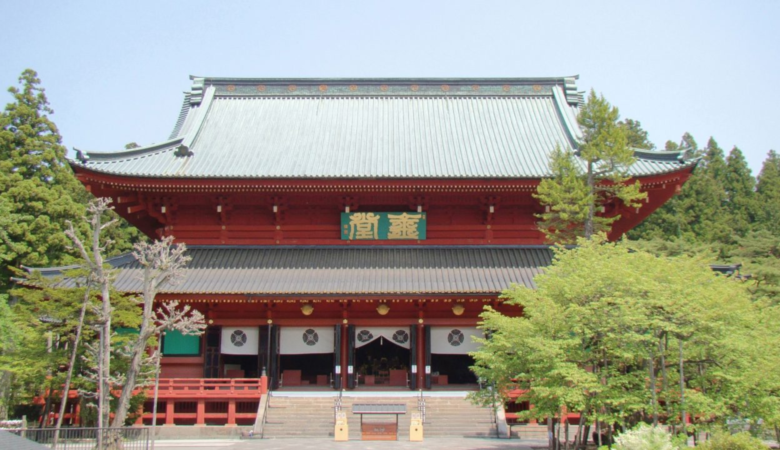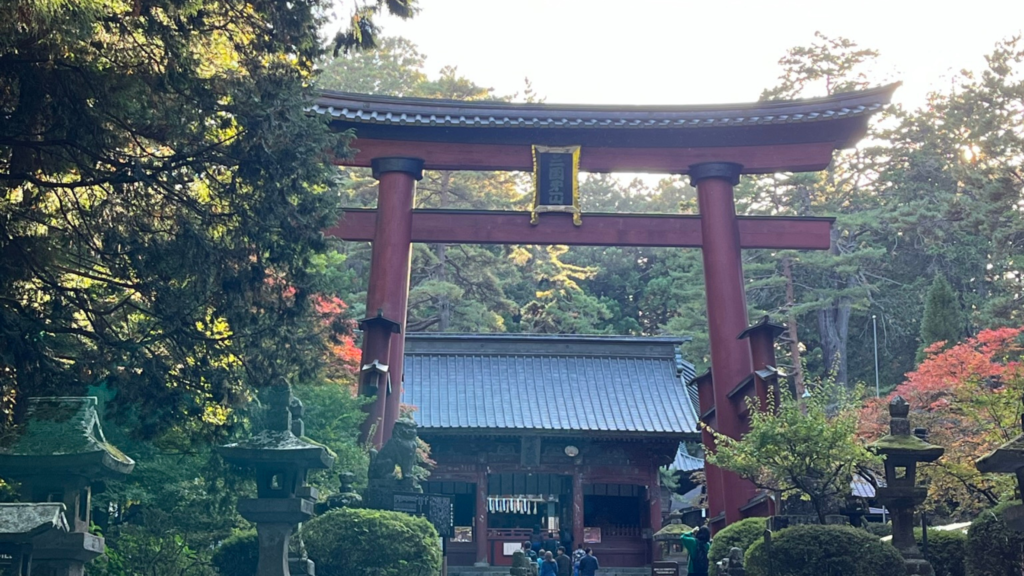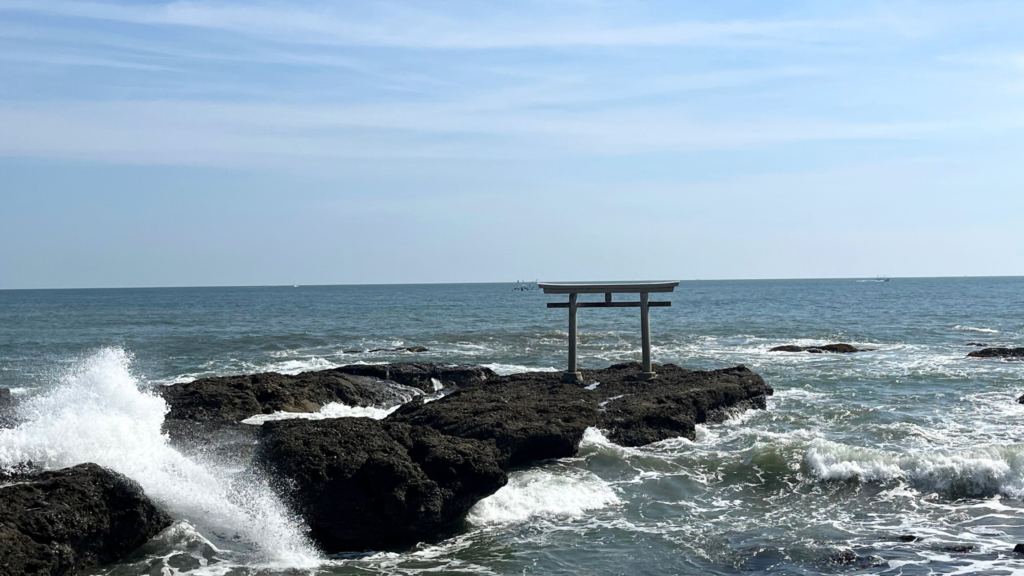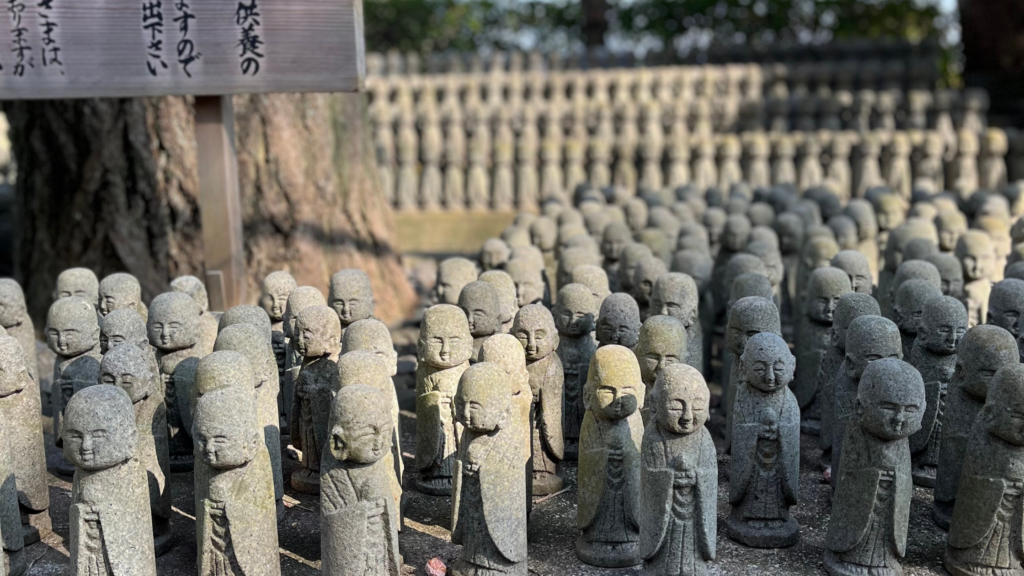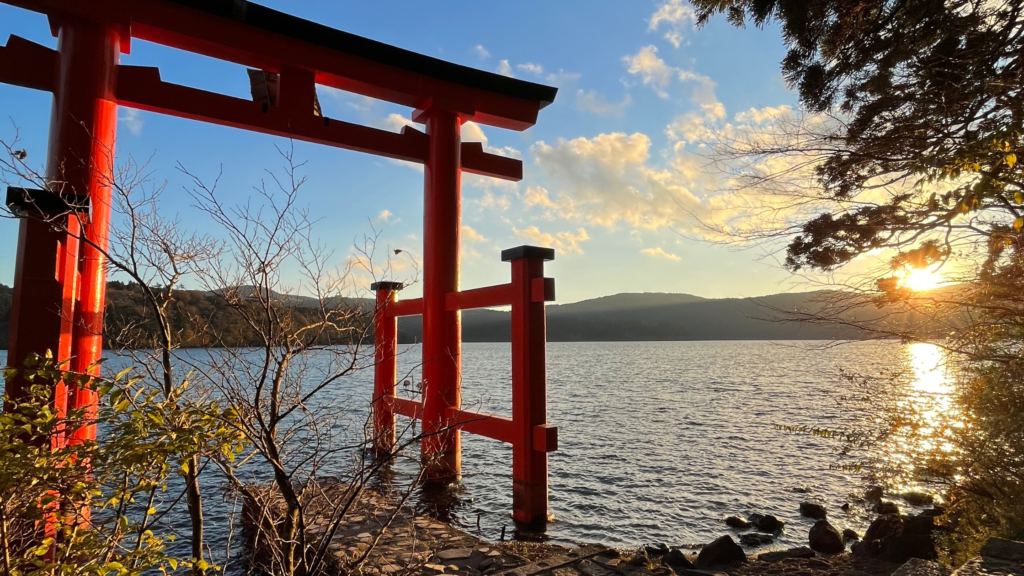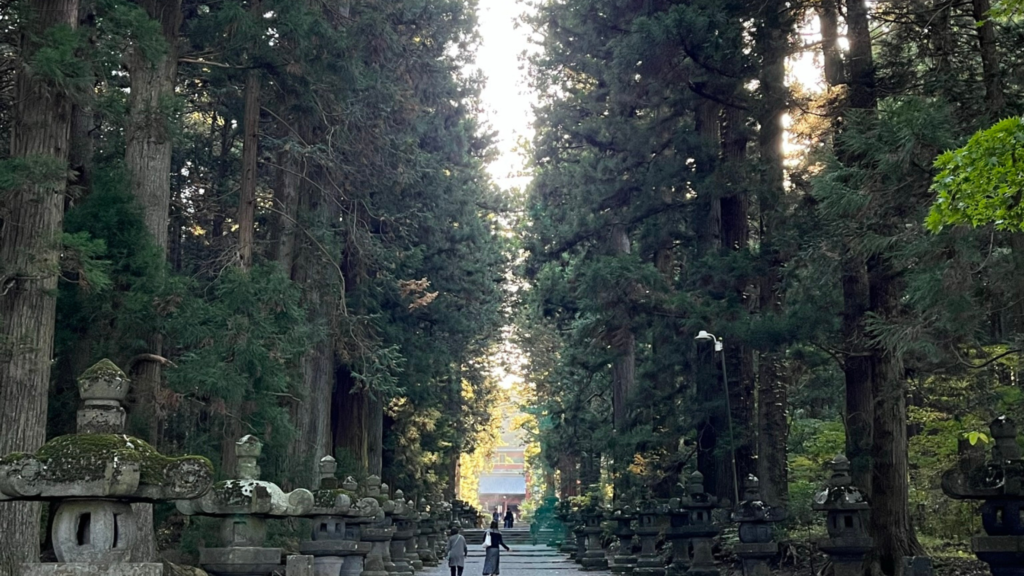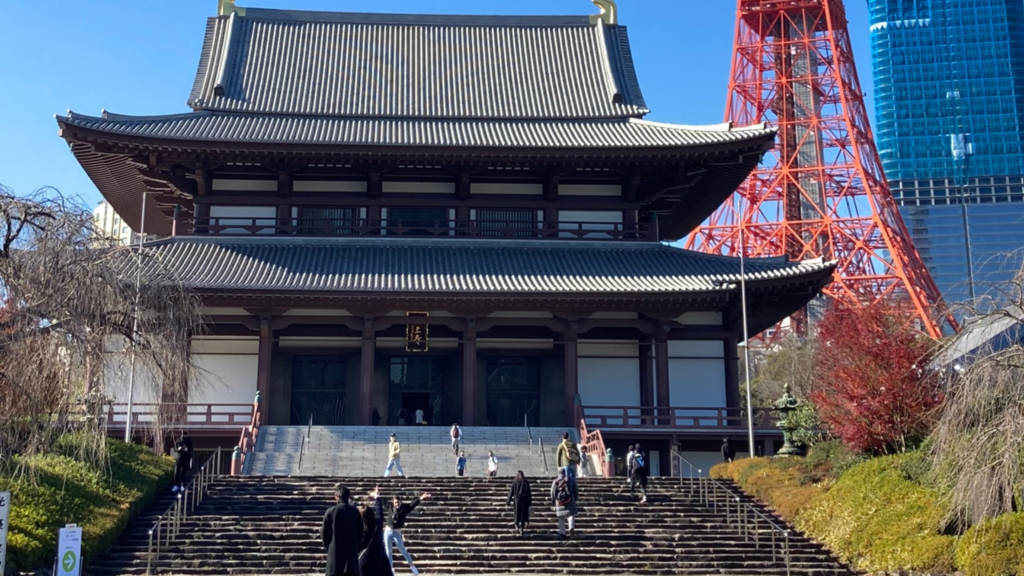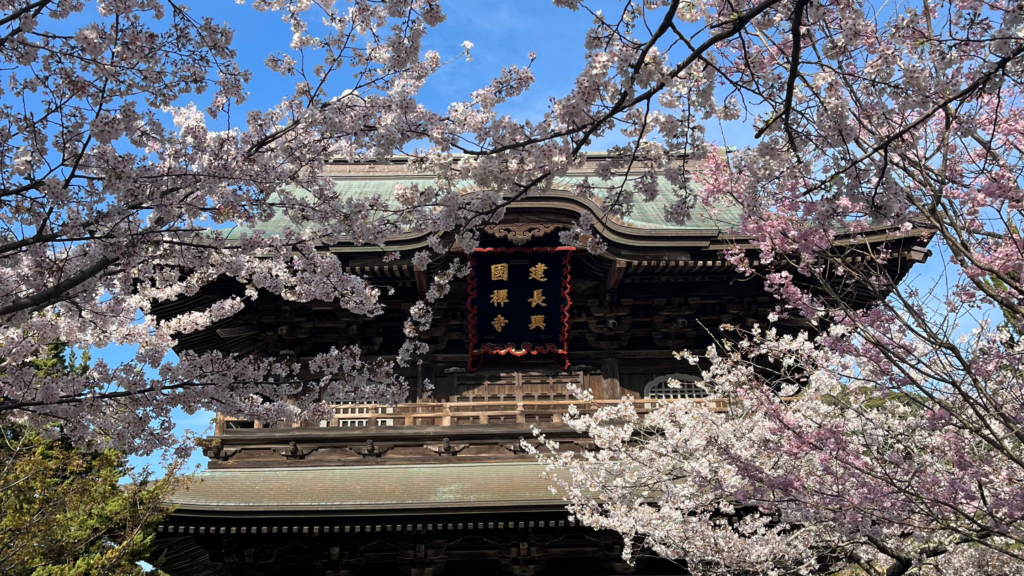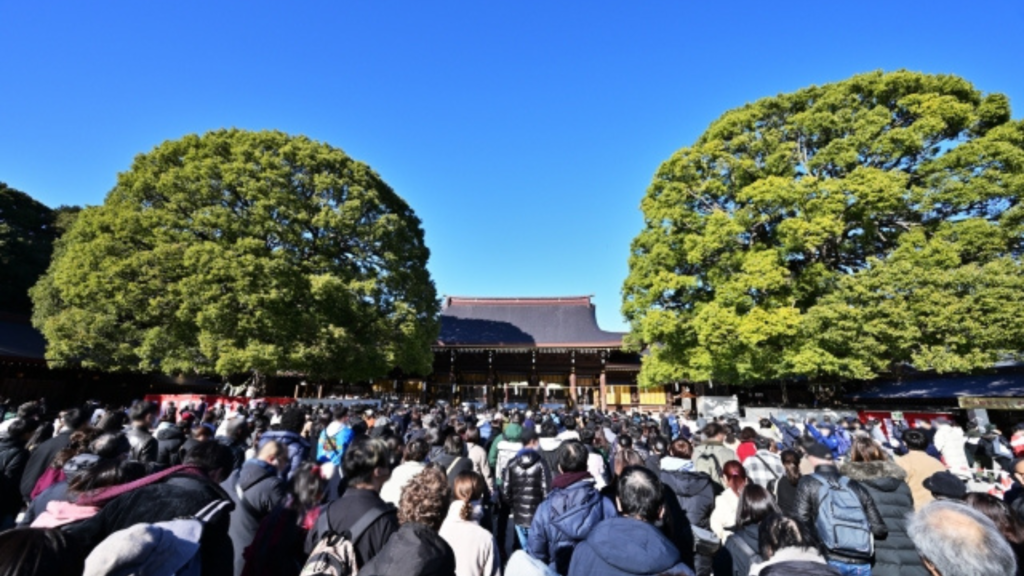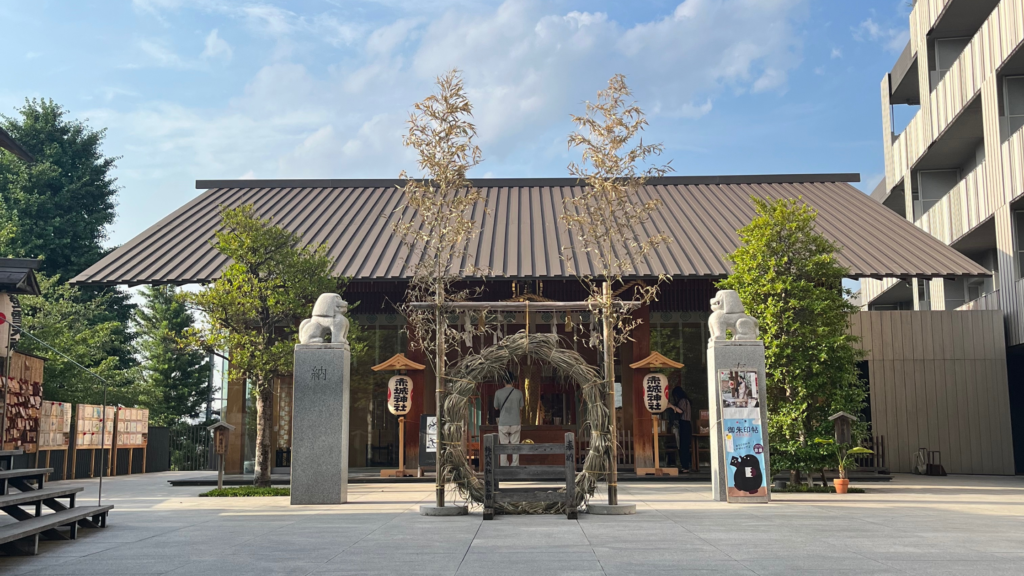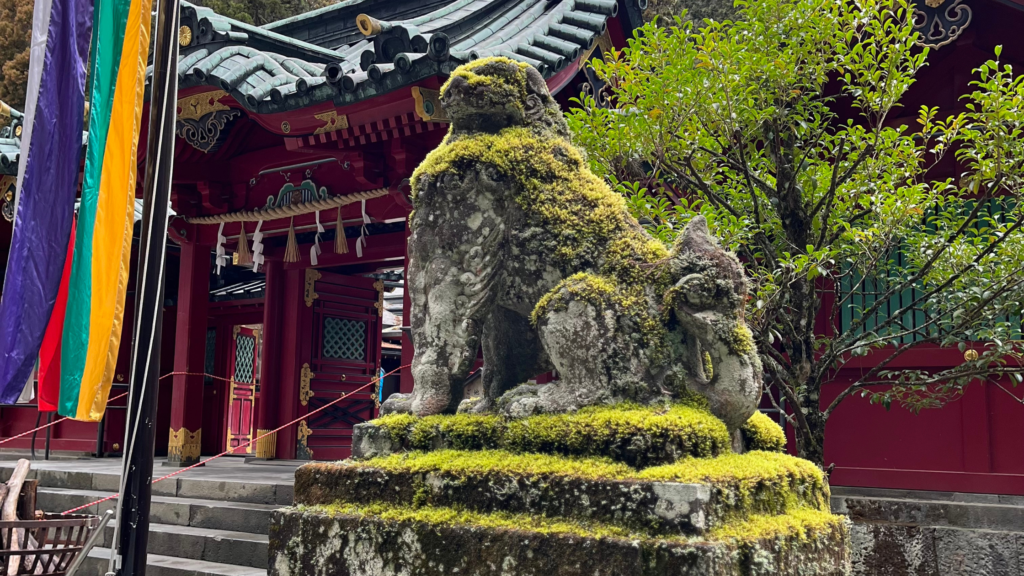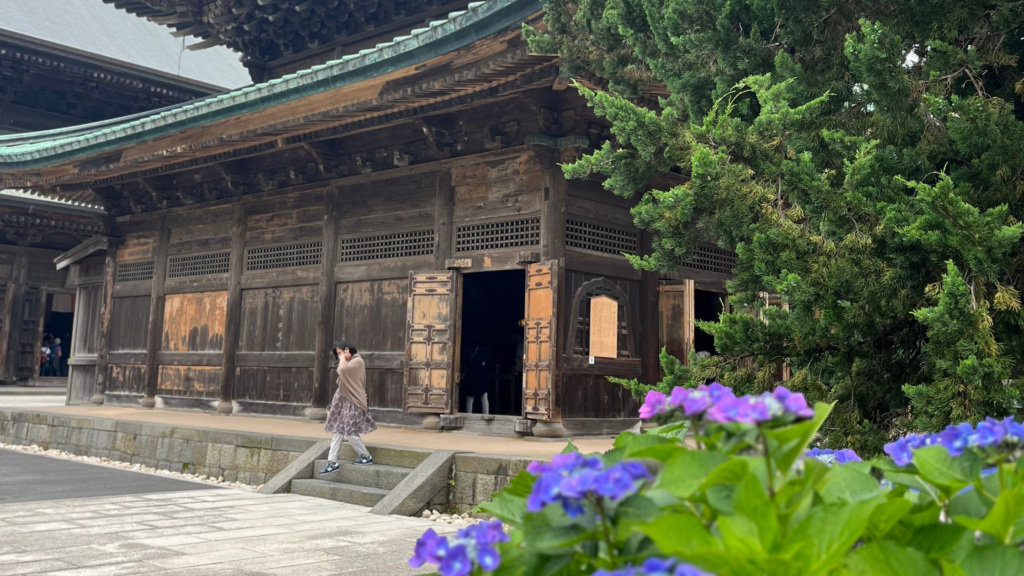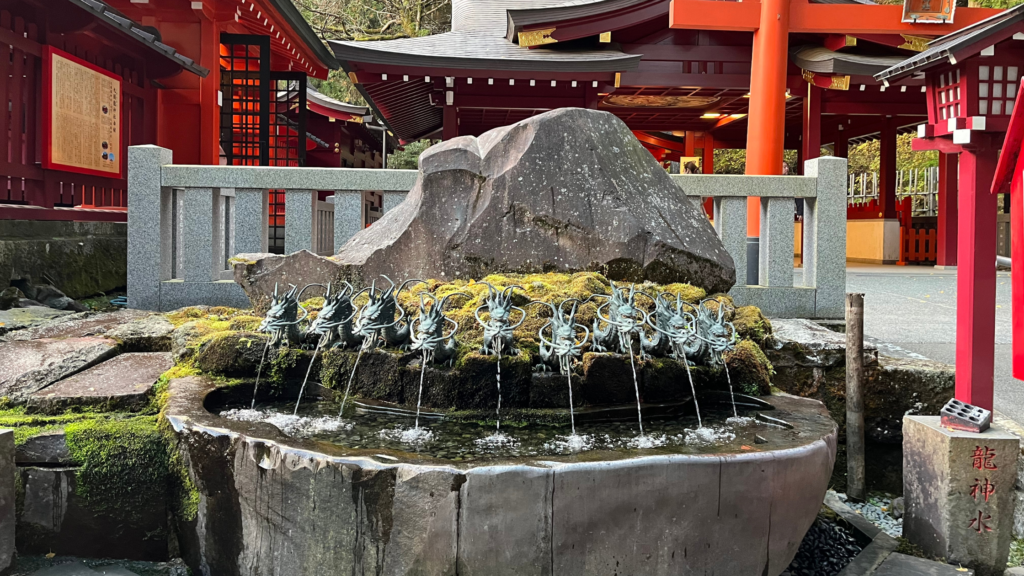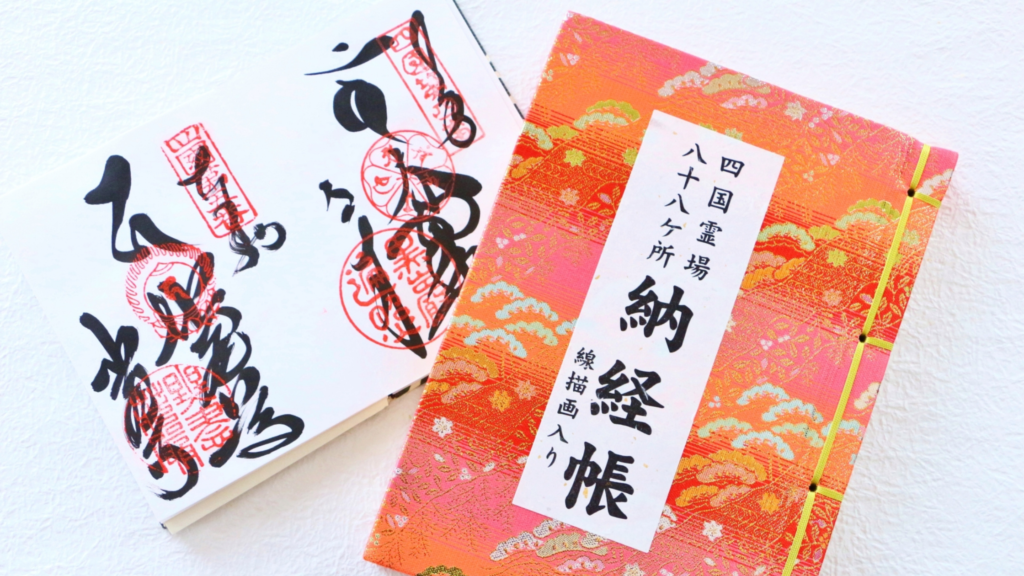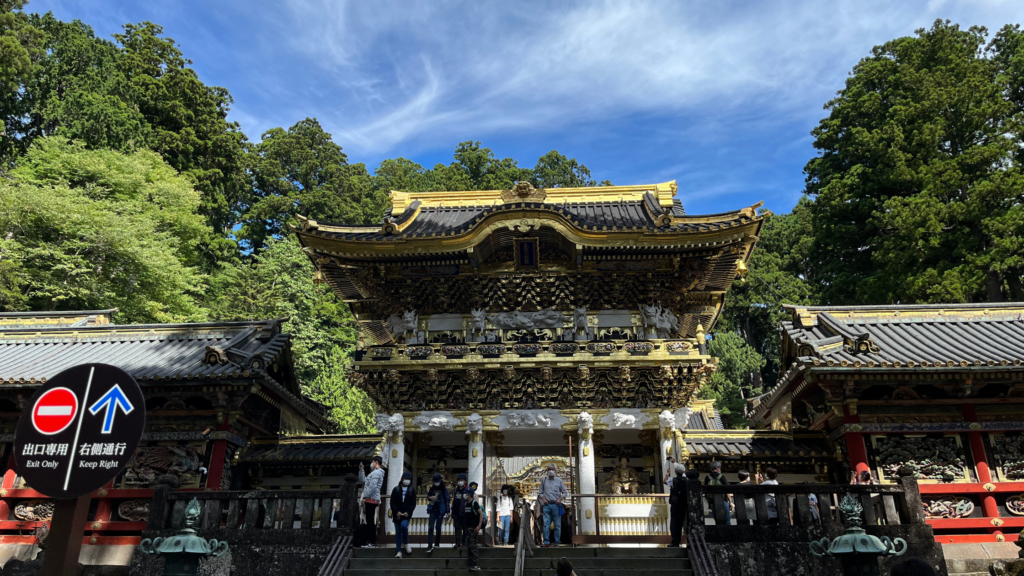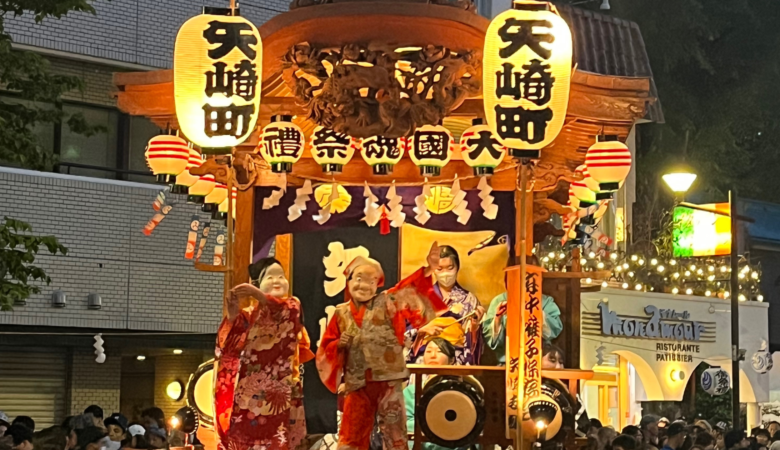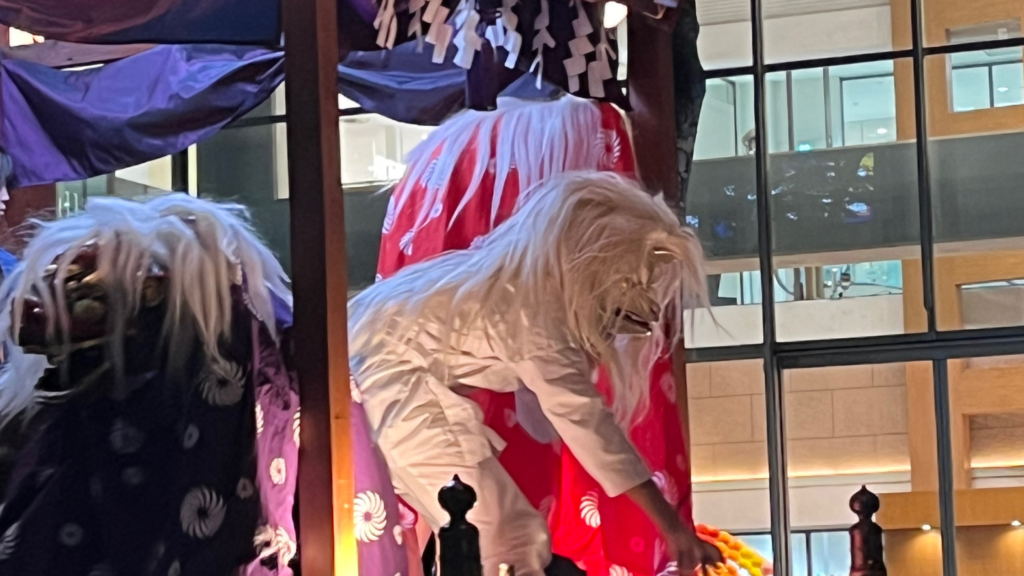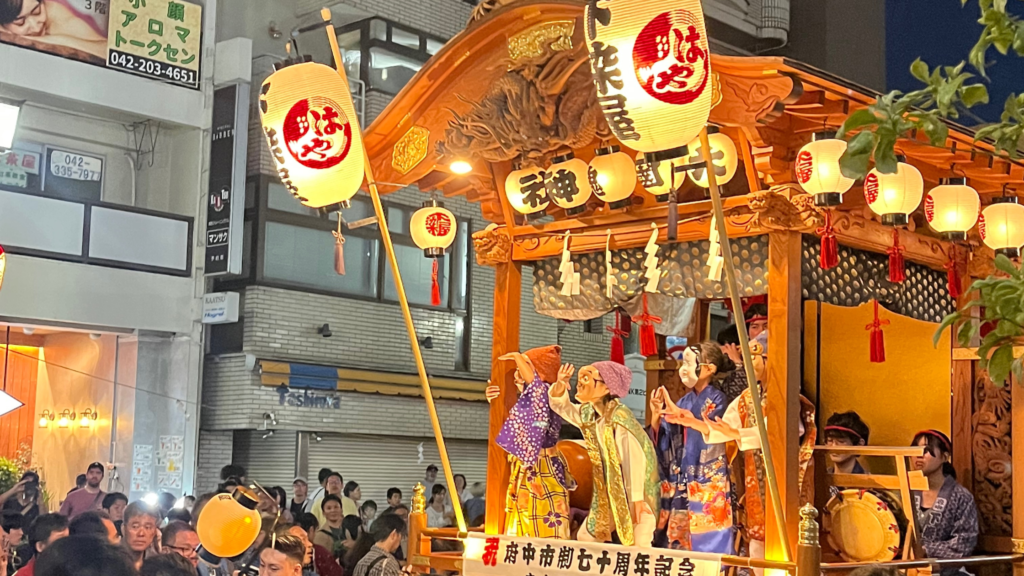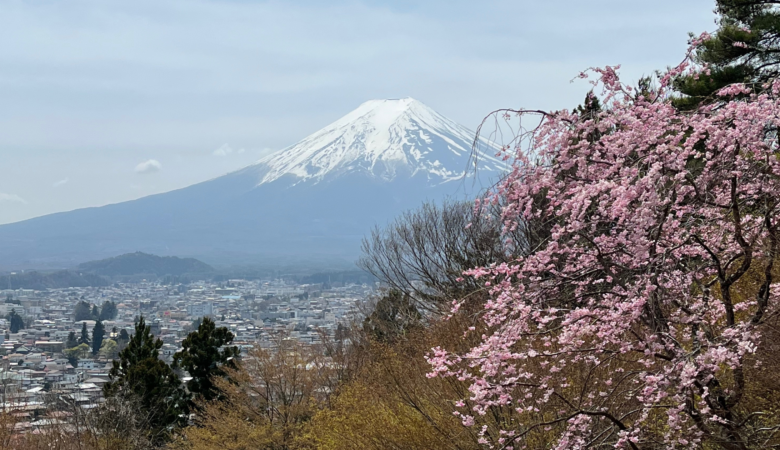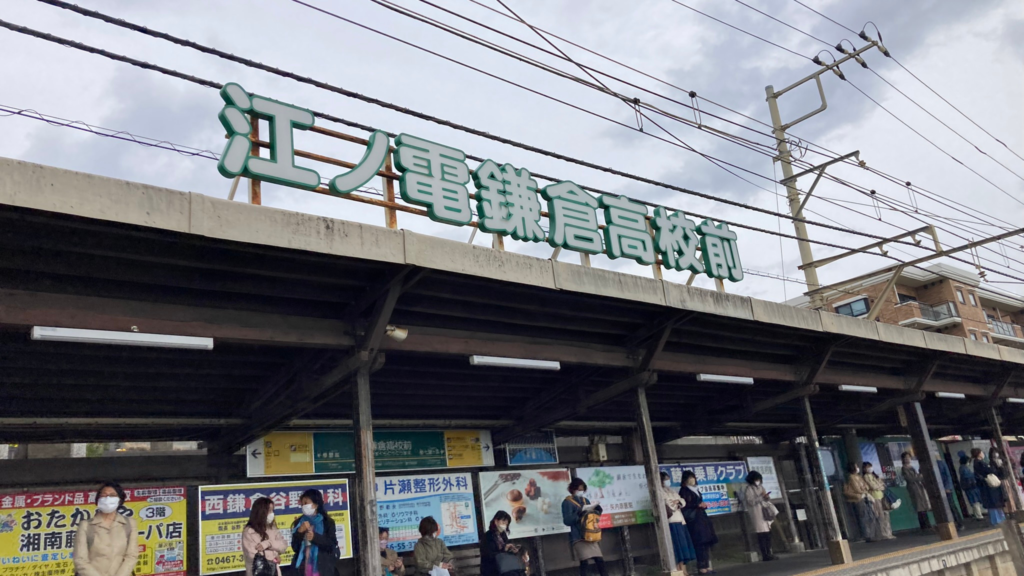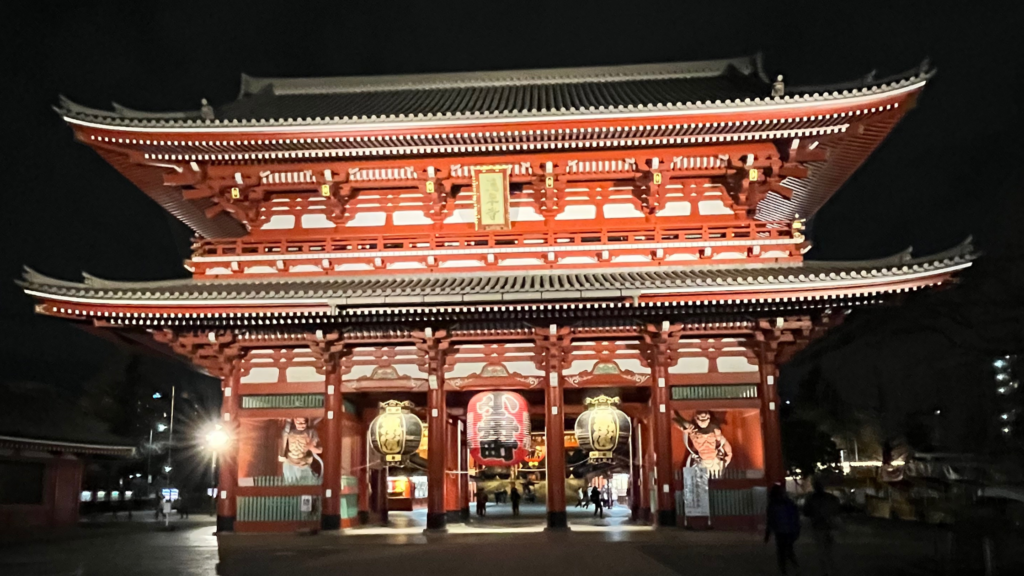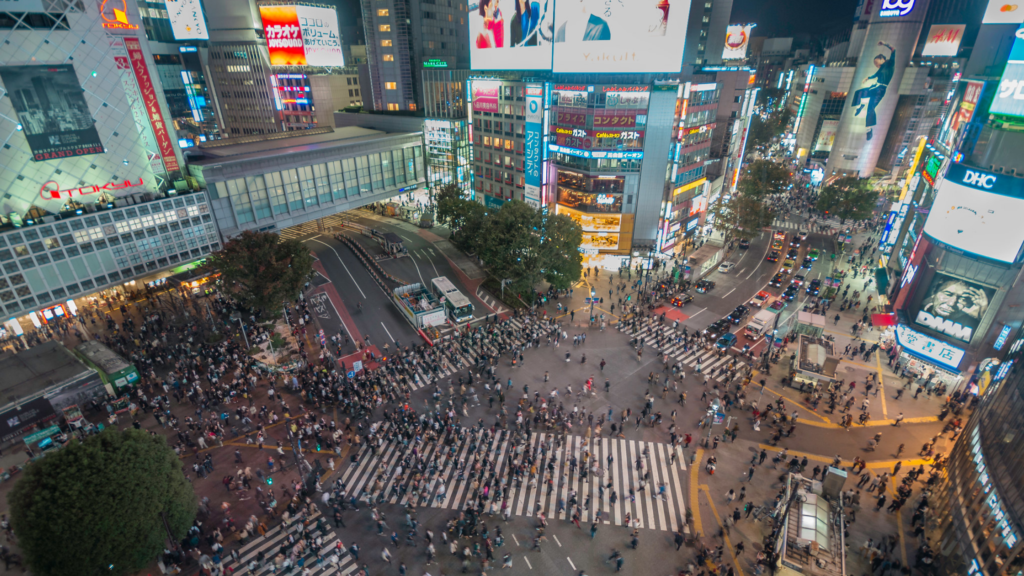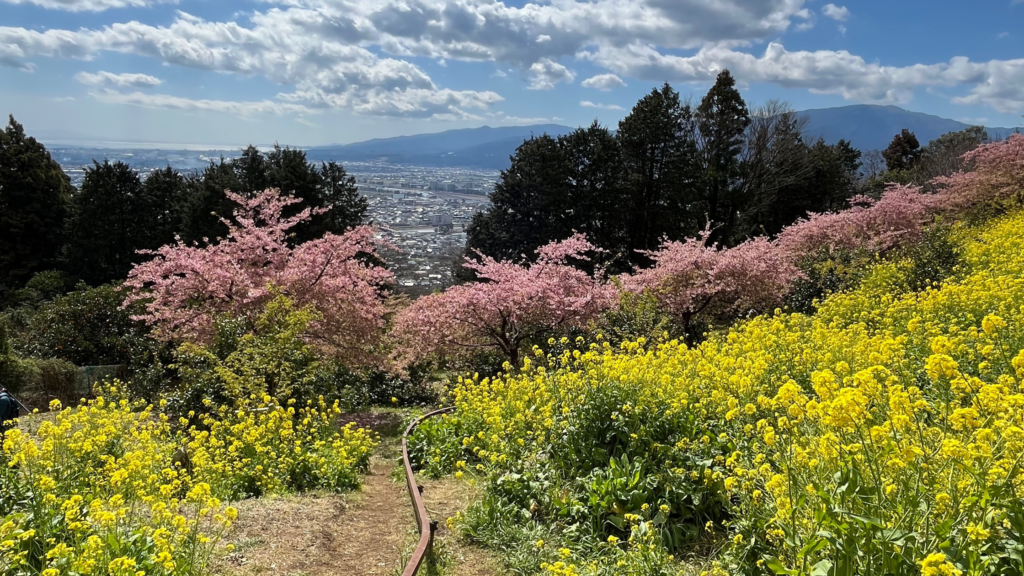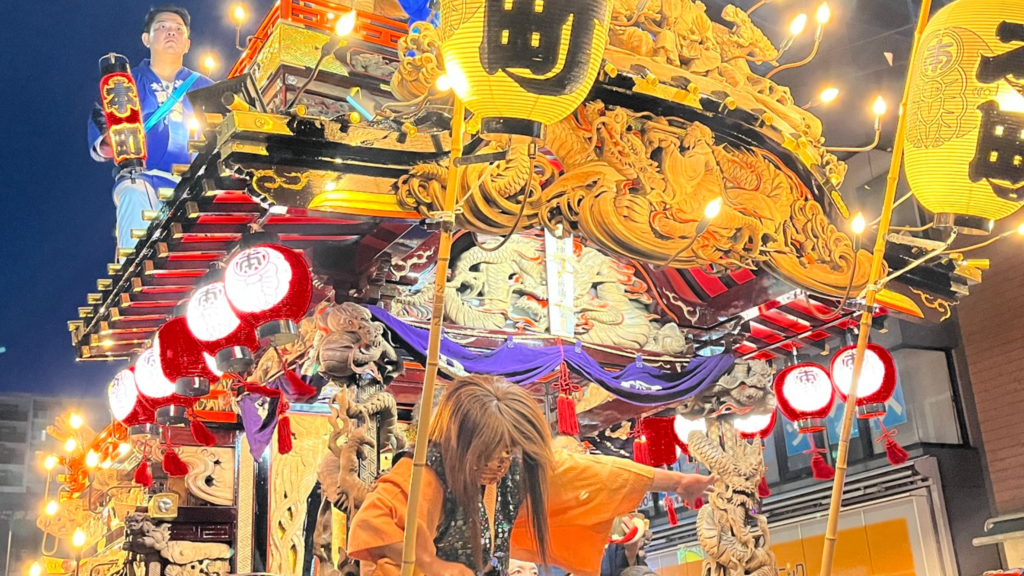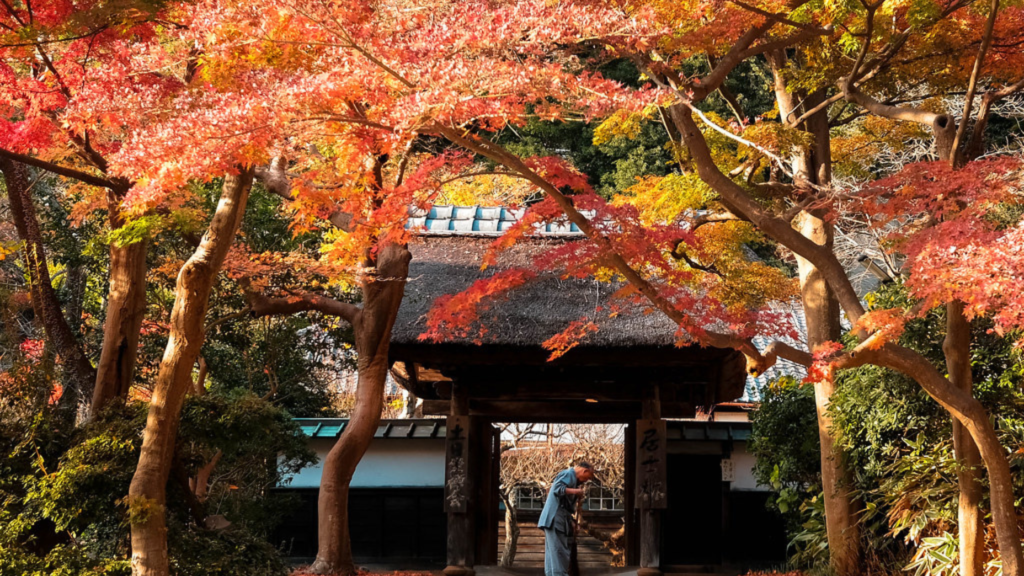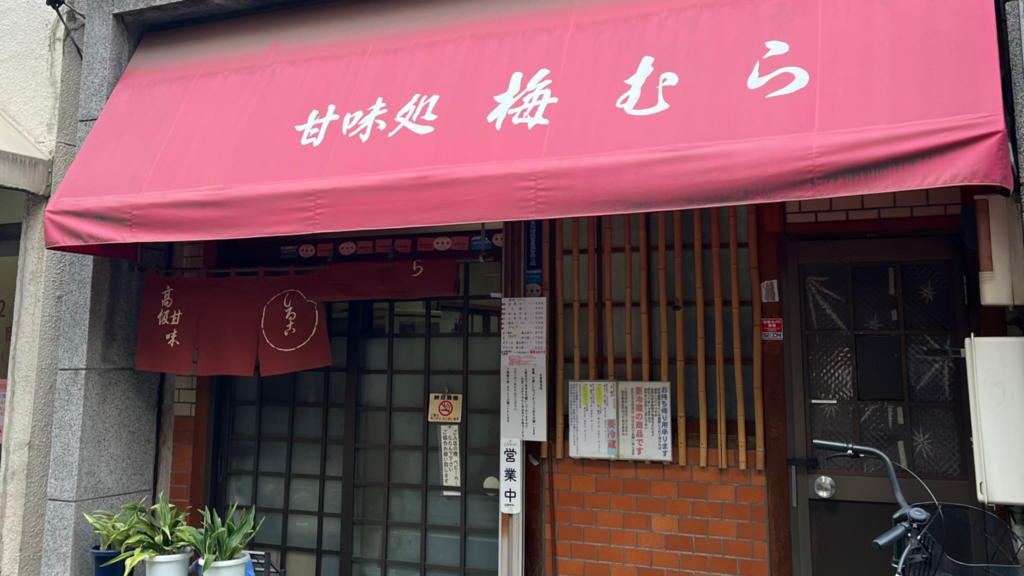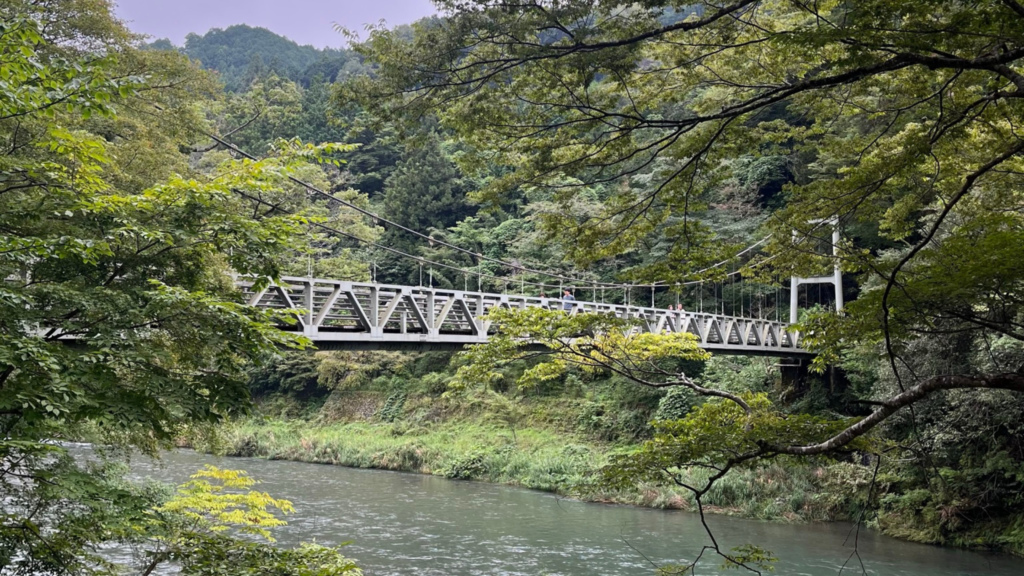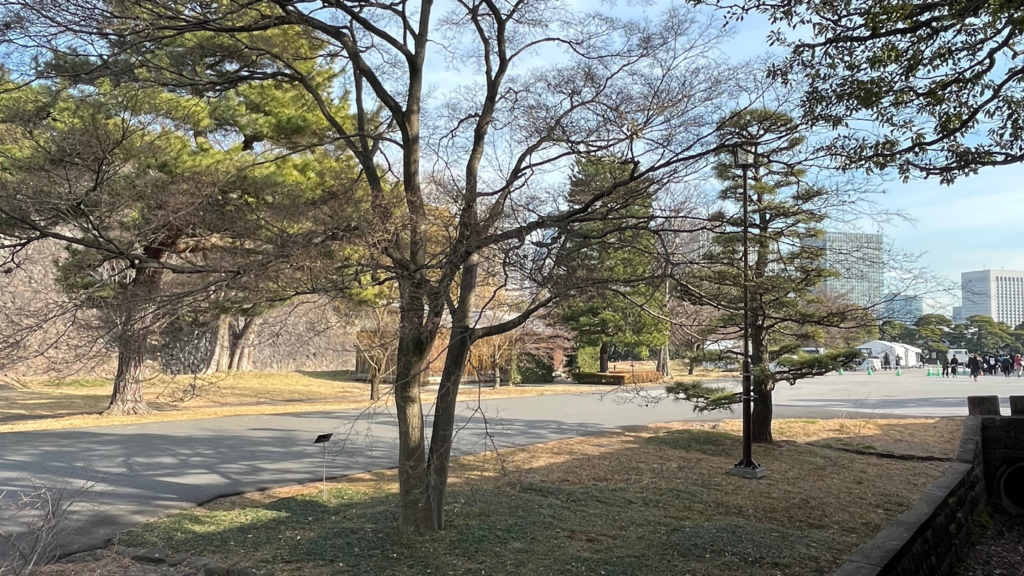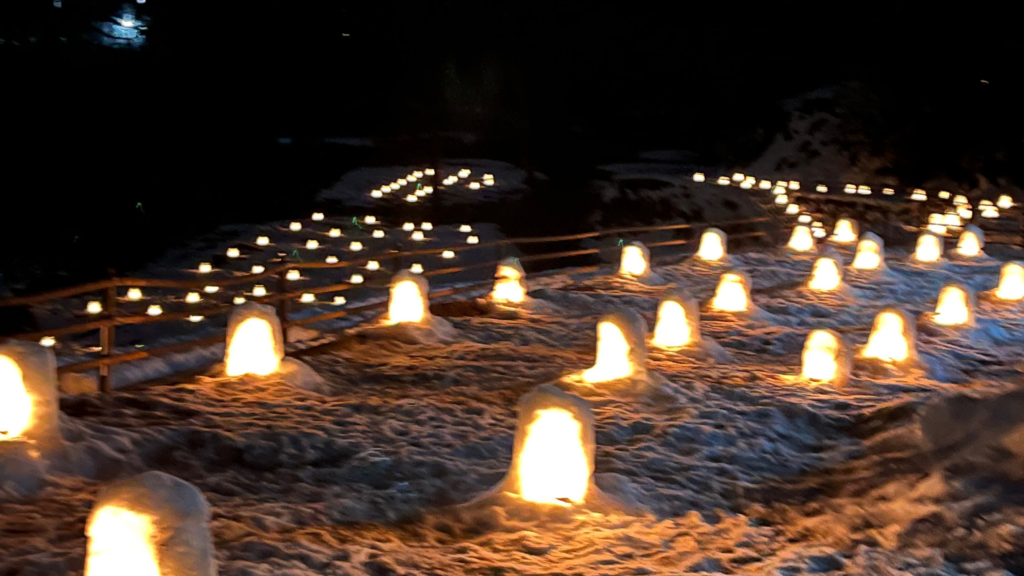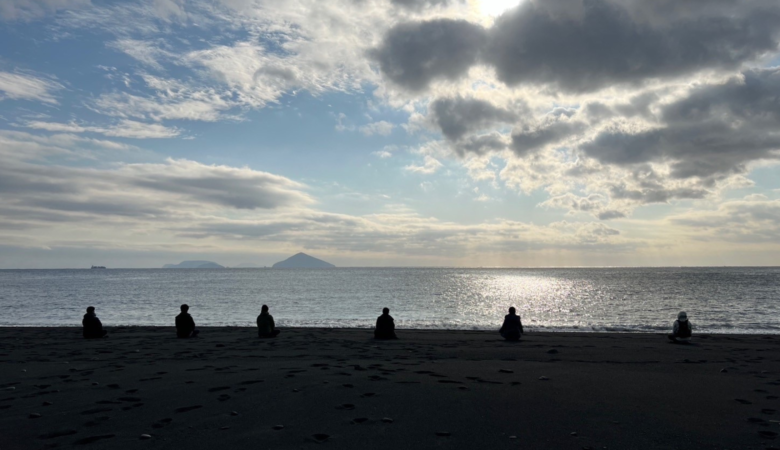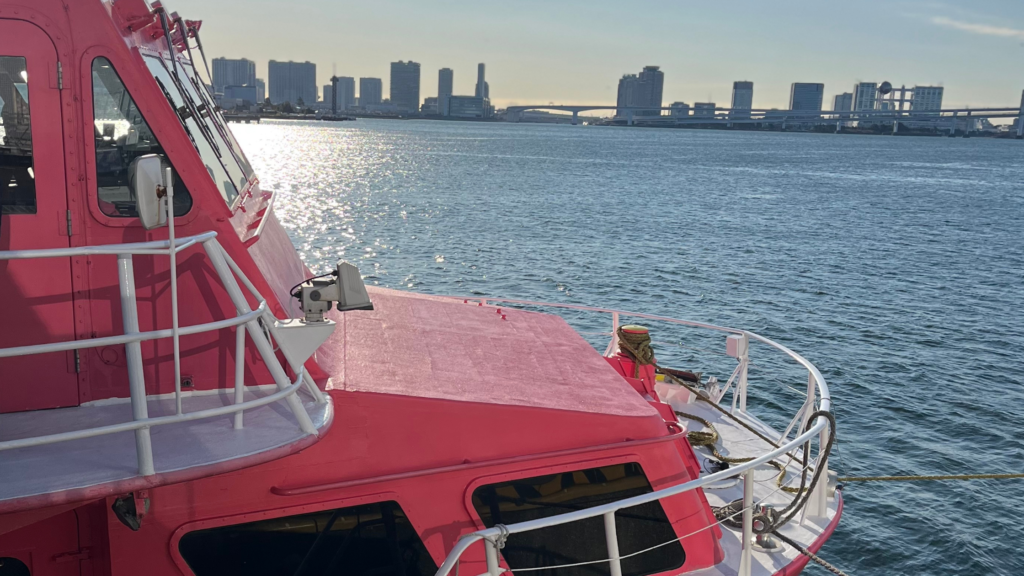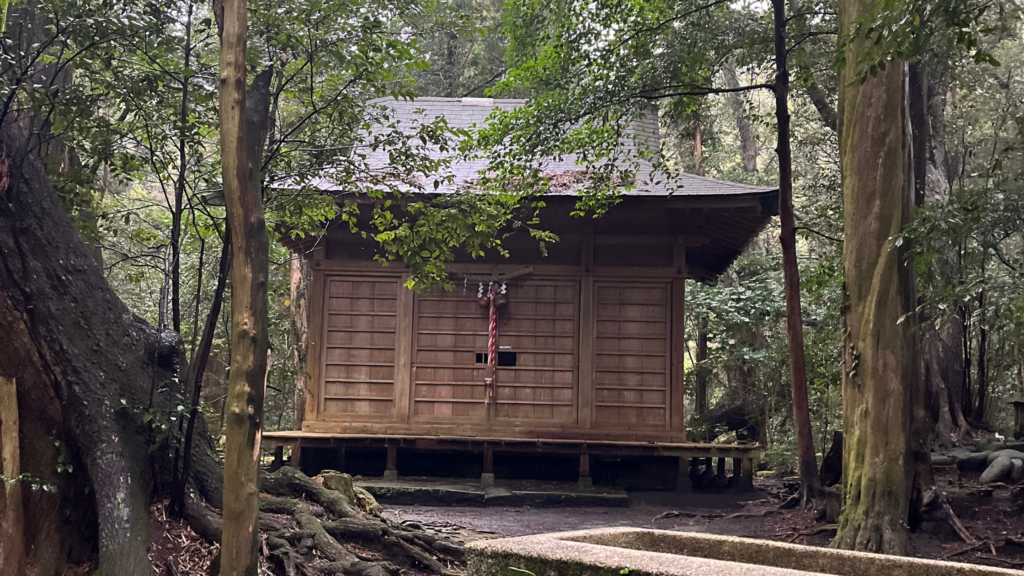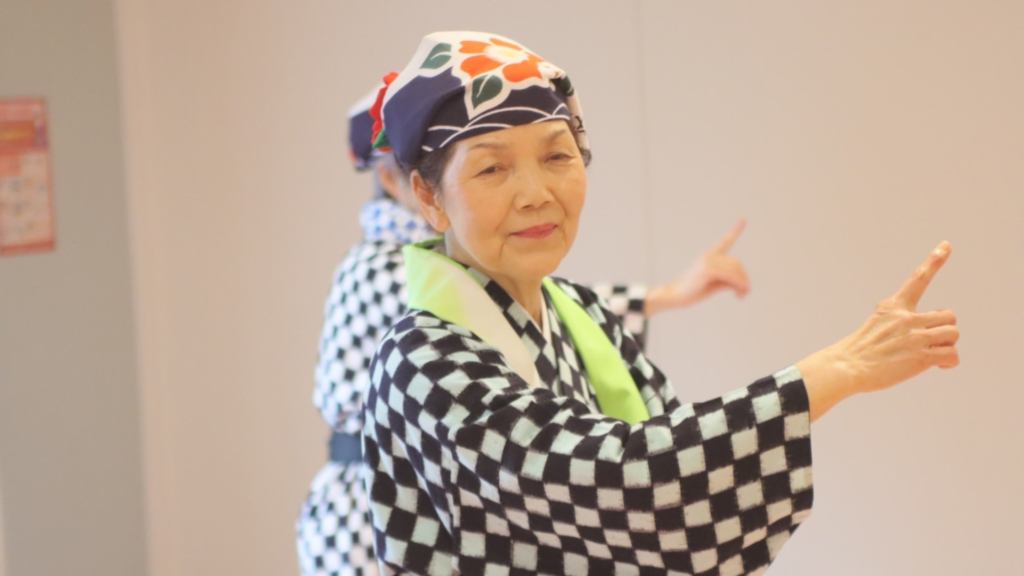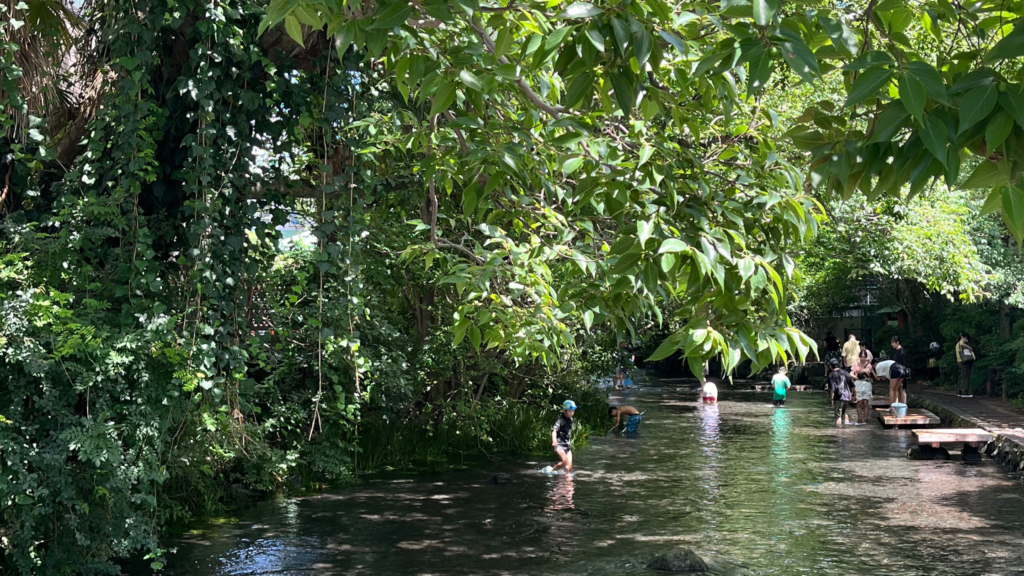In the summer of Japan, festivals are held in various places. Among the festivals, Bon Odori is a sacred event that welcoming the spirits of deceased ancestors and sends them off after spending the night. Recently, some of you may have heard of it as Bon Dance in overseas.
The characteristic of Bon Odori is that Shamisen(Japanese Guiter) and Taiko drums are played on the tower in the middle, and the singers sing the folk songs of the area, and everyone of all ages can dance freely in a large circle around the tower.
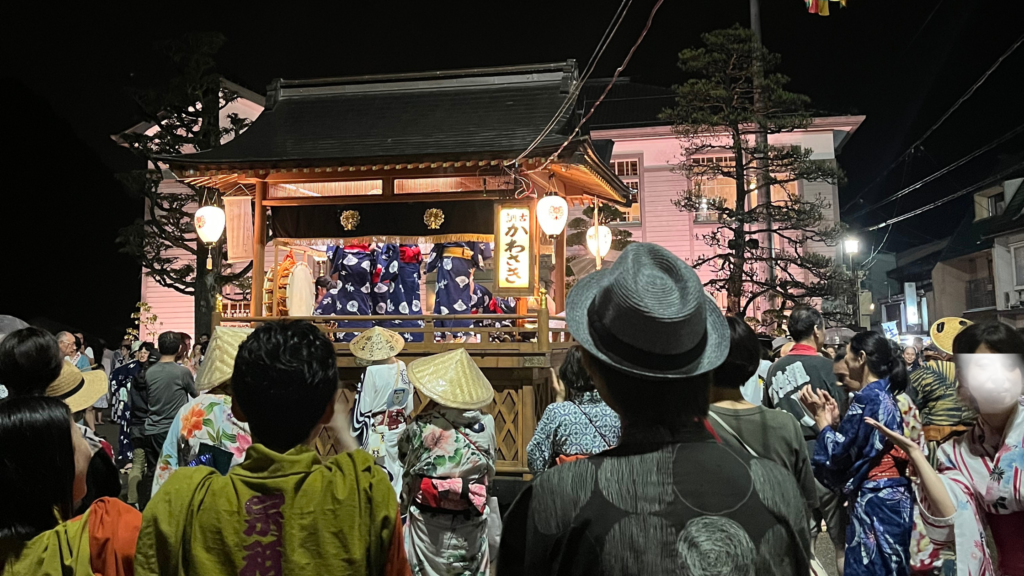
This time, I’d like to share the enchanting world of Gujo Odori, one of Japan’s three major Bon Odori festivals! Held in the picturesque town of Gujo Hachiman, nestled in the heart of Okumino, Gifu Prefecture, this centuries-old tradition invites everyone to join in the circle of dance.
It is held for more than 30 days from mid-July to September, and on four of the Obon days, all-night dancing is held from 8 p.m. to 5 a.m. the next morning. Approximately 300,000 people participate during the festival, and it is a UNESCO Intangible Cultural Heritage. Let’s dive into the rich history, captivating dances, and vibrant atmosphere of Gujo Odori.
History of Gujo Odori
Gujo Odori traces its roots back over 400 years to the Edo period (around 1600). Initially known as “Nembutsu Odori”, this dance festival served as a social gathering for villagers, bridging the gap between warriors, farmers, and merchants. The feudal lord of the Gujo domain allowed dancing during the four days of Obon, fostering harmony and peace among the people.
Despite several government bans and restrictions, Gujo Odori persisted. In 1874, authorities attempted to suppress Bon Odori, but the passion of the people prevailed. The establishment of the “Gujo Odori Preservation Society” in 1922 ensured the festival’s survival. Today, it stands as a testament to cultural resilience, designated as an Important Intangible Folk Cultural Property.

What is the Gujo odori
Picture this: a central tower adorned with shamisen and taiko drums, surrounded by a joyous circle of dancers. Gujo Odori boasts ten distinct songs, each with its own rhythm and steps. As the singer perches atop the tower, they guide the crowd through the night, seamlessly transitioning from one song to another. The energy is contagious, and you’ll find yourself dancing alongside locals and visitors alike.
No dress code
While there’s no strict dress code, consider embracing tradition. Slip into a yukata (a lightweight summer kimono) and don a pair of geta (wooden sandals). The rhythmic beat of your geta against the ground adds to the magic of Gujo Odori. Don’t worry if you’re a novice—the steps will gradually become second nature as you sway to the music.

How to dance
Before attending, you can watch an introductory video or learn in the museum to familiarize yourself with the dances. Then, immerse yourself in the lively circle, following the lead of the preservation society members. Whether you’re a seasoned dancer or a curious observer, Gujo Odori promises an unforgettable night under the stars.
How to Get There
Gujo Odori awaits you at Gujo Hachiman Station on the Nagaragawa Railway. From Nagoya, embark on a scenic journey that takes approximately 2 hours. Connect via JR and the Nagaragawa Railway to reach Gujo Hachiman. As you travel, the Nagaragawa River unfolds its beauty, offering picturesque views in route to Okumino.

The Dance Schedule
Gujo Odori takes place in Gujo Hachiman City, but the place varies day by day. To stay up-to-date, check online resources or visit the local tourist information center. The main dance hours are from 8 p.m. to 10 p.m., but during the four festive days from August 13 to 16, the all-night dance continues until 5 a.m. the next morning. If you’re up for dancing until dawn, consider staying in Gujo Hachiman.

Accommodation Options
Gujo Hachiman offers several accommodation choices, but be aware that places within the city tend to fill up quickly due to the festival’s popularity. Booking early is advisable. Alternatively, you can stay in a nearby town slightly farther away and travel to Gujo Hachiman by taxi or train.

Beyond the Dance
Gujo Hachiman, once a thriving castle town, invites exploration. Wander through its historic streets, discover charming alleys, savor Japanese cafes, and indulge in local cuisine. Don’t miss the chance to visit the castle itself. For another unique experience, explore the “Udatsu no Agaru machinami,” a hub of Japanese paper industry heritage.


Gujo Odori’s significance extends beyond Japan’s borders. Recognized as a UNESCO Intangible Cultural Heritage, it embodies the spirit of community, resilience, and cultural continuity. So, pack your enthusiasm, slip on that yukata, and let Gujo Odori sweep you off your feet. Join the dance, feel tradition, and create memories that will resonate for generations to come!

Here is a Gujo hachiman video in Instagram
